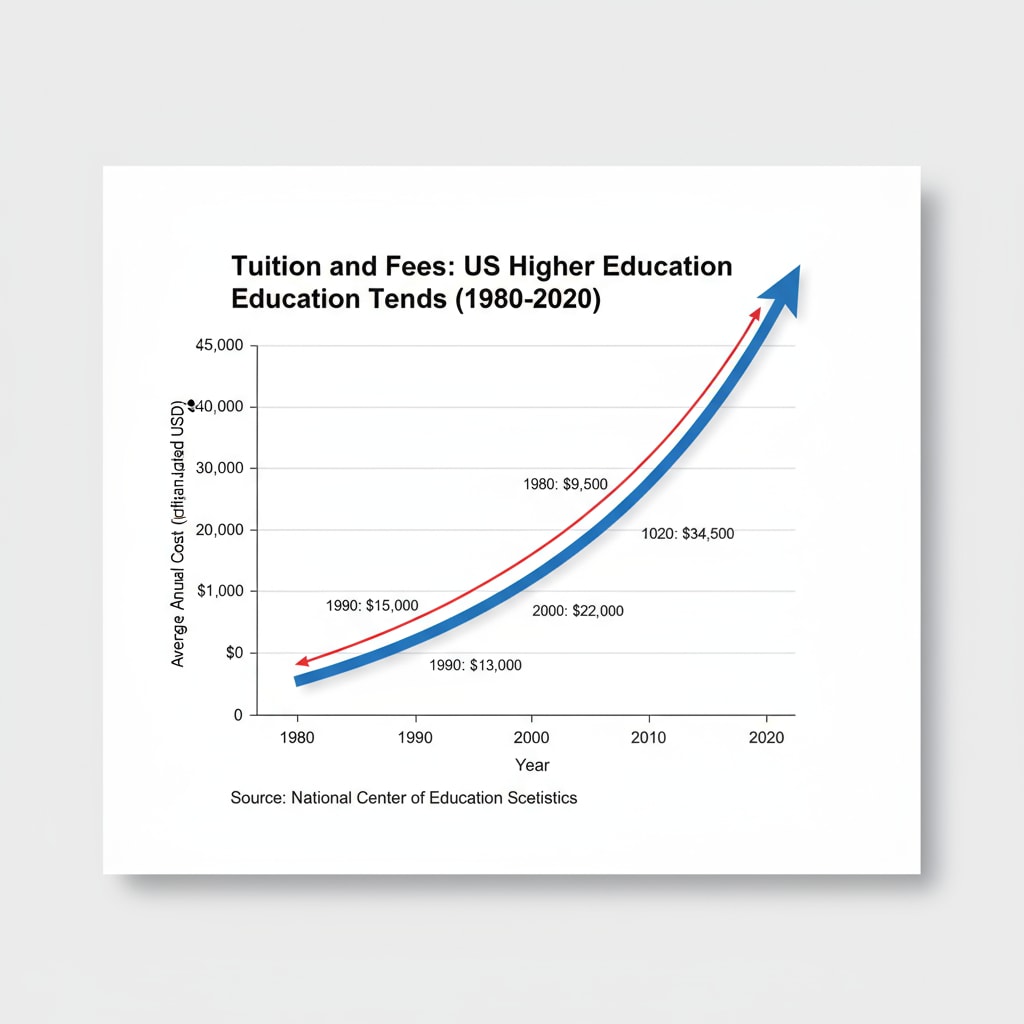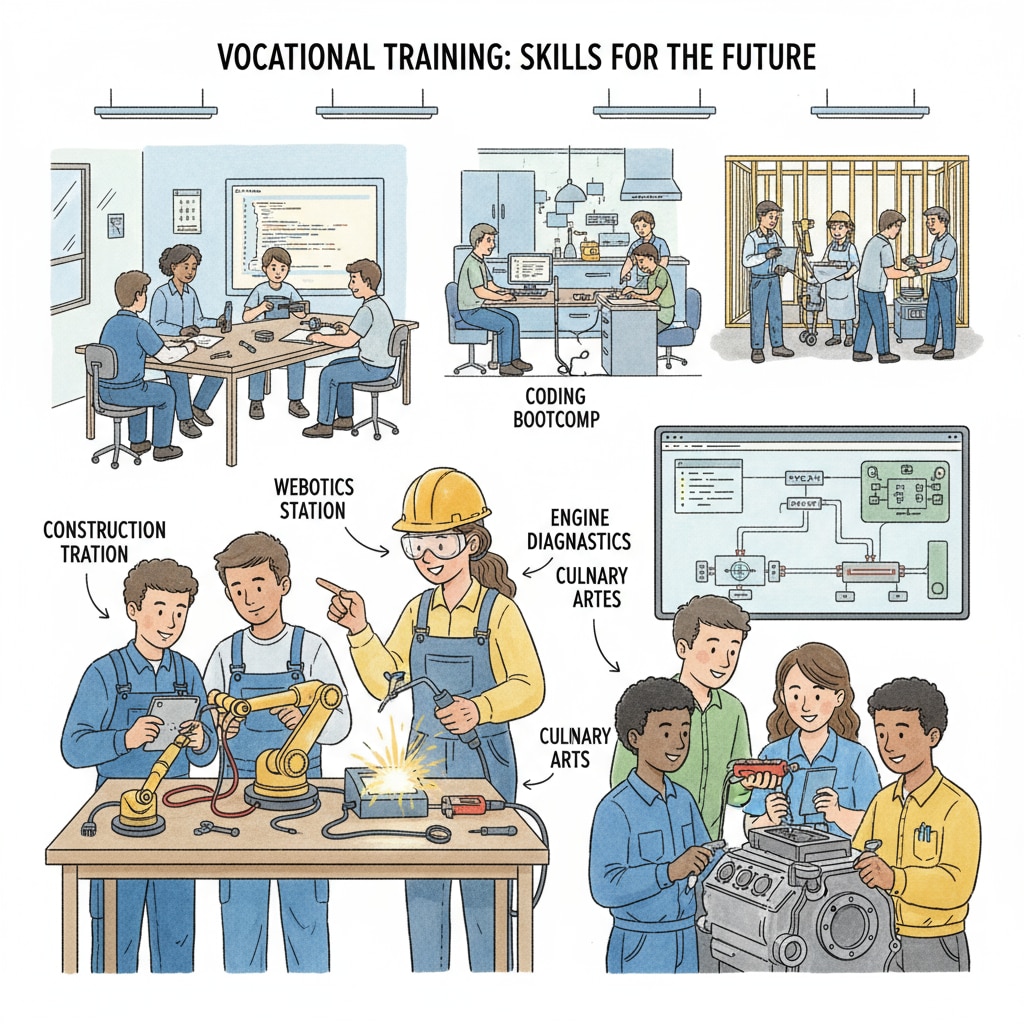When discussing higher education, return on investment, and vocational and technical education, it’s essential to question the long-held belief that a traditional university degree is always the best path to high returns. In today’s complex job market, the landscape of educational investment is evolving.
The Cost of Higher Education
Higher education in many countries, especially in the United States and Australia, has seen a significant increase in costs over the years. Tuition fees, accommodation, and textbooks can amount to a substantial financial burden. For example, in the US, the average cost of attending a four-year private university can exceed $30,000 per year. This financial commitment often leads to students graduating with a large amount of debt. According to data from the National Center for Education Statistics, student loan debt in the US has reached staggering levels. This high cost of entry into the higher education system makes the pursuit of a degree a risky investment.

The Promise of Vocational and Technical Education
On the other hand, vocational and technical education offers a different approach. These programs are often shorter in duration and more focused on practical skills that are directly applicable to the job market. For instance, a vocational course in plumbing or electrical work can be completed in a relatively short time, usually a year or two. The cost of these programs is also significantly lower compared to a full-fledged university degree. Moreover, graduates from vocational and technical programs often find employment quickly due to the high demand for skilled workers in these fields. As reported by the Bureau of Labor Statistics, jobs in the skilled trades are projected to grow steadily in the coming years.

Another advantage of vocational and technical education is the potential for higher starting salaries in some fields. Jobs in trades like nursing, welding, and automotive repair often come with competitive pay right from the start. In addition, the hands-on nature of these programs allows students to gain real-world experience early on, which is highly valued by employers. This practical experience can lead to better career progression and potentially higher earnings in the long run.
In conclusion, while higher education has long been regarded as the key to a successful career, the reality of the investment回报率 is more complex. Vocational and technical education presents a viable alternative that offers a more cost-effective and direct path to employment and financial stability. As the job market continues to change, it’s crucial for students and their families to carefully consider all options when making decisions about educational investment.
Readability guidance: This article uses short paragraphs and lists to summarize key points. Each H2 section provides a list of relevant information. The proportion of passive voice and long sentences is controlled, and transition words are added throughout the text for better flow.


